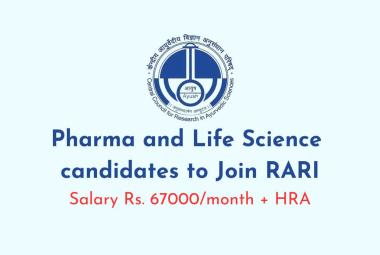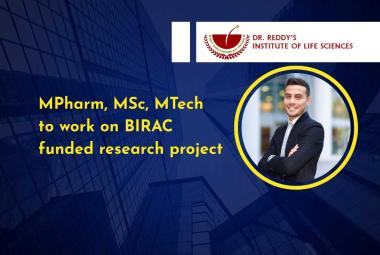The word spectroscopy is derived from spectrum which means a bend of different colours formed due to difference in wavelength and skopin means examination or evaluation.
Thus, spectroscopy is the branch of science that deals with the examination or evaluation of spectrum.
Absorption spectroscopy refers to spectroscopic techniques that measure the absorption of radiation, as a function of frequency or wavelength, due to its interaction with a sample. The sample absorbs energy, i.e., photons, from the radiating field. The intensity of the absorption varies as a function of frequency, and this variation is the absorption spectrum. Absorption spectroscopy is performed across the electromagnetic spectrum.
Electromagnetic radiation(EMR) is absorbed or emitted when the molecule atom or ion of the sample move from one energy state to another energy and the change in rotational, vibrational and/or electronic energies are measured.
[adsense:336x280:8701650588]
Theory
The wavelength range of UV radiation is 200 nm- 400 nm. There are mainly two types of UV region.
1. 200 nm- 400 nm that is called near ultraviolet region.
2. Below 200 nm that is called far ultraviolet region.
The wavelength of visible radiation is 400 nm- 800 nm.
Wavelength in UV and visible region is expressed in nanometers or in angstroms. Absorption is expressed in terms of wave number (cm-1).
Absorption spectra arise from transition of electron or electrons within a molecule from a lower electronic energy level to a higher electronic energy level. Ultraviolet emission spectra arise from the reverse types of transition. For the radiation to cause electronic excitation, it must be in the UV region of the EMR spectrum.
Radiation in this region is of sufficient energy to cause electronic transition of outer valence electrons.
Both organic and inorganic species exhibit electronic transitions in which outermost or bonding electrons are promoted to higher energy levels.
Electronic transitions are associated with vibrational as well as rotational transitions.
A compound appears coloured if it selectively absorbs light in the visible region. The main function of absorbed energy is to raise the molecule from ground energy state ( E0 ) to higher excited energy state ( E1 ). The difference is given by:
ΔE= E1- E0 = hv = hc/λ
ΔE depends upon how tightly the electrons are bound in the bonds and accordingly, absorption will occur in UV or visible range, for example;
If the electrons of a molecule are tightly bound as in compounds containing sigma bonds (e.g. saturated compounds) no light of region will be absorbed. The light of UV region will only be absorbed and hence compound appears colourless.
If the electrons of molecule are loosely bound as in unsaturated compound. Such absorption may occur in visible region and substance will appear as coloured.
Energy absorbed in the ultraviolet region produces change in the electronic energy of the molecule that is resulting from transitions of valance electrons in the molecule. There are three types of electrons in organic molecules.
a) σ (sigma) electrons- they are found in saturated systems like alkane. They require large amount of energy for their excitation and hence do not show absorption in UV region. Their absorption band is appeared in vacuum UV region. Hence, compounds containing σ- bonds do not absorb in near UV region. For example saturated hydrocarbons are transparent in near UV region and thus they can be used as solvents.
b) ∏ (pie) electrons- they are found in multiple bonds. They are generally mobile electrons. Since ∏- bonds are weak bonds, the energy produced by UV radiation can excite ∏- electrons to higher energy levels.
c) n (non-bonding) electrons- valance electrons which do not participate in chemical bonding in molecule are called as non bonding electrons or n- electrons. These are located principally in atomic orbital of N, O, S and halogens(X) as a lone pair of electrons. They can be excited by UV radiation.
FIND MORE :-
| Types of Transition | EMR Spectra |
| Beer-Lambert's Law | Instrumentation |
| Effect of Solvent | Applications |









